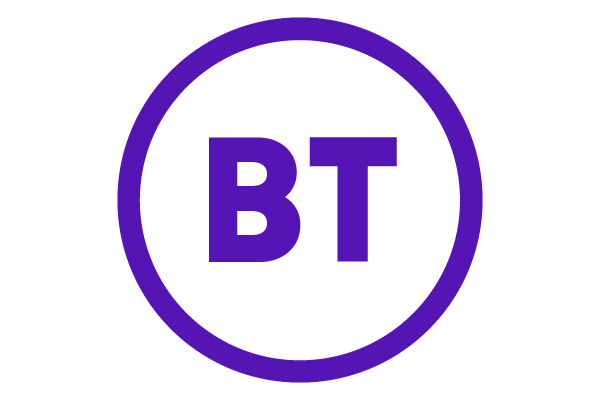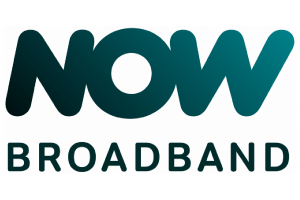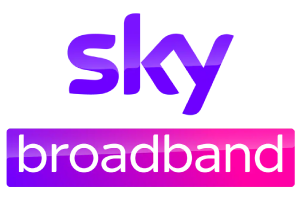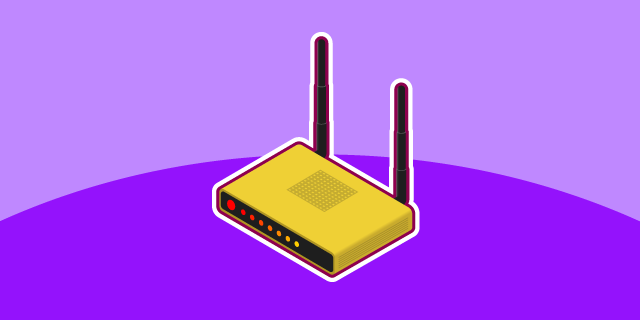 Broadband Guide
Broadband Guide Best fibre broadband deals this month
Looking for reliable fibre broadband that won’t lag on you? Our dedicated broadband experts are always on the lookout to provide you with the best fibre broadband deals available on the market. Whether you require high-speed internet for streaming, gaming, remote work, or simply browsing, we’ve got you covered. Filter the results below and choose your winner!

Fibre broadband in a nutshell
Created by: Emma Collins, Broadband Researcher & Writer
Last reviewed on: 08/07/24
What is fibre broadband
Fibre broadband is broadband sent through fibre instead of using old-fashioned copper wires. Fibre broadband uses thin strands of glass or plastic to transmit data as beams of light. The result is mind-blowing internet speed and performance.
Fibre broadband is perfect for all your data-hungry activities like streaming HD movies, video chatting with friends and family, playing online games without annoying lag, and downloading massive files in the blink of an eye.
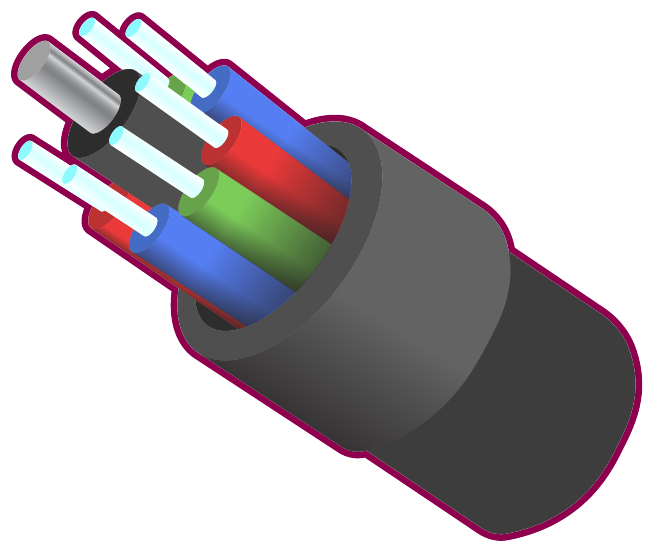
What is the difference between fibre broadband and full-fibre broadband
The terms fibre broadband and full-fibre broadband are often used interchangeably, but there is a distinction between the two. The main difference is that fibre broadband can encompass a range of technologies, including those that use a combination of fibre-optic and traditional cables. In contrast, full-fibre broadband (FTTH) represents a purer form of fibre connectivity, where the entire network is fibre-optic, delivering faster and more consistent speeds. The terminology can sometimes vary by region and service provider, so it’s essential to inquire about the specifics of the broadband service offered in your area to understand what you’re paying for.

How does fibre optic broadband get to my house
Fibre optic broadband travels to your house through a network of slender glass or plastic fibres that transmit data using light signals. Starting at a central hub or data centre, known as Fibre Optic Network Exchange, these fibres extend to your home via a roadside cabinet.
Chances are you walked past one of these cabinets in the past week, they’re usually dark green and hard to miss. And the best thing about them is that they make sure you get speedy and reliable connectivity by literally harnessing the speed of light
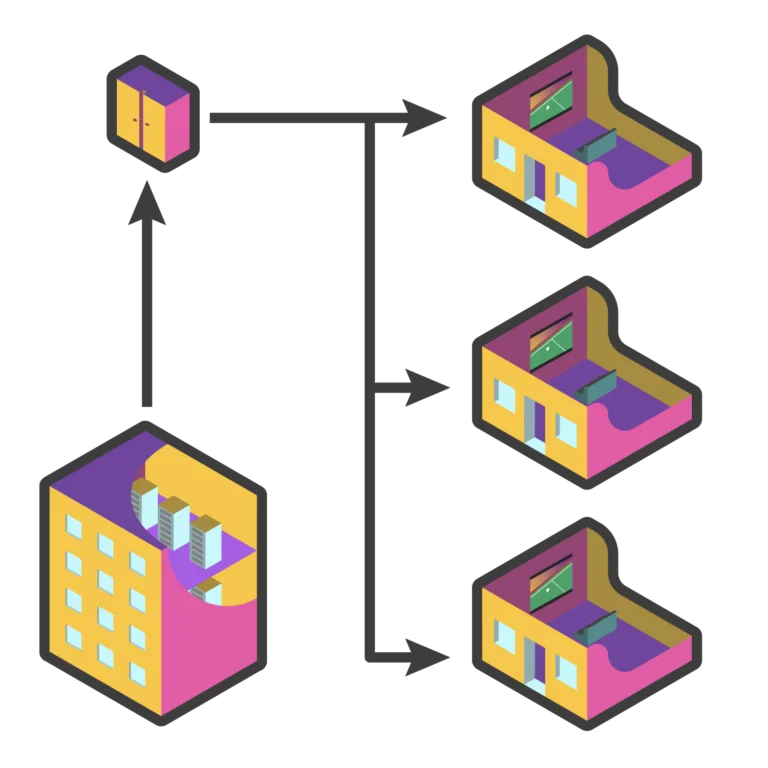
How long does it take to install fibre broadband
The installation time for fibre broadband can vary depending on factors such as the location, existing infrastructure, and the service provider’s schedule. Typically, it may take anywhere from a few days to a few weeks to complete the installation process, including setting up the necessary equipment and connections at your home.
How fast is full-fibre broadband
Fibre broadband is like the speedster of the internet world, known for its mind-boggling velocity. It zooms through cyberspace at speeds ranging from 100 Mbps to a lightning-fast 10 Gbps (gigabits per second). With this turbo-charged connection, you can binge-watch HD or 4K videos, engage in epic online gaming battles, and snatch up hefty files quicker than you can say “buffering” or “lag.” It’s like the flash of the internet, making everything happen in the blink of an eye.
Test your speed
Proud to work with the UK’s best
Discover top-notch fibre broadband providers and use exclusive high-speed and reliable internet services to meet your connectivity needs. Our providers consistently deliver cutting-edge fibre technology, making sure that you enjoy a smooth and seamless online experience across multiple devices.
-
No, fibre broadband does not require a phone line. Unlike traditional ADSL broadband, which often relies on a phone line for internet connectivity, fibre broadband uses dedicated fibre optic cables to transmit data. This means you can have fibre broadband without the need for an active phone line. However, some internet service providers may still offer bundle packages that include phone services and fibre broadband, but it’s not mandatory for using fibre internet
-
Yes, you will still need a router with fibre broadband. A router is essential for connecting your devices to the fibre optic network and accessing the internet. The fibre broadband connection terminates at an Optical Network Terminal (ONT) installed in your home, and from there, an Ethernet cable connects the ONT to your router. The router then distributes the internet connection wirelessly (via Wi-Fi) or through wired connections to your devices, allowing them to access the internet over the fibre broadband connection. So, a router is crucial for setting up and utilizing fibre broadband in your home or office.
-
The waiting times for installing fibre broadband can vary depending on several factors.
Location: Installation times are usually shorter in urban areas with well-established fibre infrastructure. However, it may take longer in more rural or remote areas due to the need for additional infrastructure development.
Availability: If fibre broadband is already available at your address, the waiting time may be shorter as the setup process can be quicker. However, it may take longer if new installations or upgrades are required.
Demand and Workload: The workload and demand for installation in your area can also impact the waiting times. If there’s a high demand for fibre broadband in your vicinity, it might take longer to schedule an installation appointment.
-
While fibre broadband may be slightly more expensive than some other types of internet connections, it’s essential to consider the value it provides. The faster speeds, reliability, and overall performance often justify the cost. Plus, many providers offer a range of packages to fit different budgets.
The more you know, the more you save
 Broadband Guide
Broadband Guide 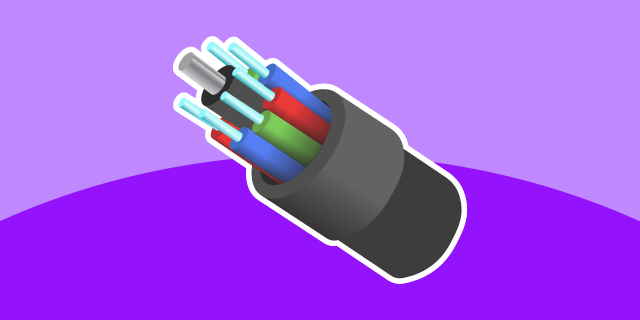 Broadband Guide
Broadband Guide A Short Guide to Full-Fibre Broadband
Read more » Broadband Guide
Broadband Guide Broadband Speeds: Are You Getting What You Pay For
Read more » Broadband Guide
Broadband Guide Broadband for Working from Home: All you Need to Know
Read more »More broadband deals

Stay up to date with the latest industry news and offers. The more you know, the more you save!
"(Required)" indicates required fields
Swiccy promise: We won’t spam your inbox, now or never!


